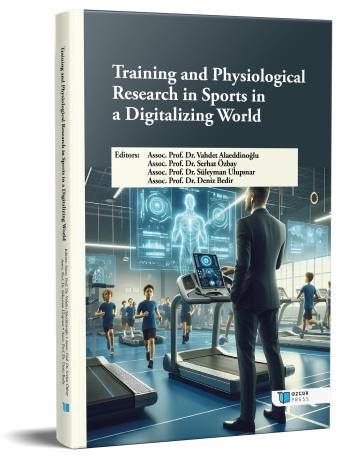
Mechanics of Sport Movements: A Biomechanical Perspective
Şu kitabın bölümü:
Alaeddinoğlu,
V.
&
Özbay,
S.
&
Ulupınar,
S.
&
Bedir,
D.
(eds.)
2025.
Training and Physiological Research in Sports in a Digitalizing World.
Özet
This abstract outline the core tenets of "Mechanics of Sports Movements: A Biomechanical Perspective," a text dedicated to the rigorous examination of human motor control and execution within athletic contexts. The book systematically applies principles of biomechanics to elucidate the underlying physical mechanisms that govern sport-specific movements. It posits that a comprehensive understanding of these principles is indispensable for optimizing athletic performance, mitigating injury risk, and advancing evidence-based training methodologies.
The text meticulously delineates foundational biomechanical constructs, encompassing both kinematics—the spatiotemporal description of motion—and kinetics—the analysis of forces inducing motion. Chapters are structured to address critical concepts such as force-velocity relationships, power output, impulse-momentum theorem, and work-energy relationships as they manifest in various sporting actions, including but not limited to ballistic movements (e.g., throwing, jumping), cyclical movements (e.g., running, cycling), and precision-based movements. Furthermore, the book explores the intricate interplay between neuromuscular activation patterns, anthropometric characteristics, and environmental constraints in shaping movement efficacy and efficiency. Through detailed quantitative analyses and theoretical frameworks, this work aims to provide a robust scientific foundation for researchers, practitioners, and students seeking to deepen their understanding of the complex mechanics underpinning human movement in sport.

